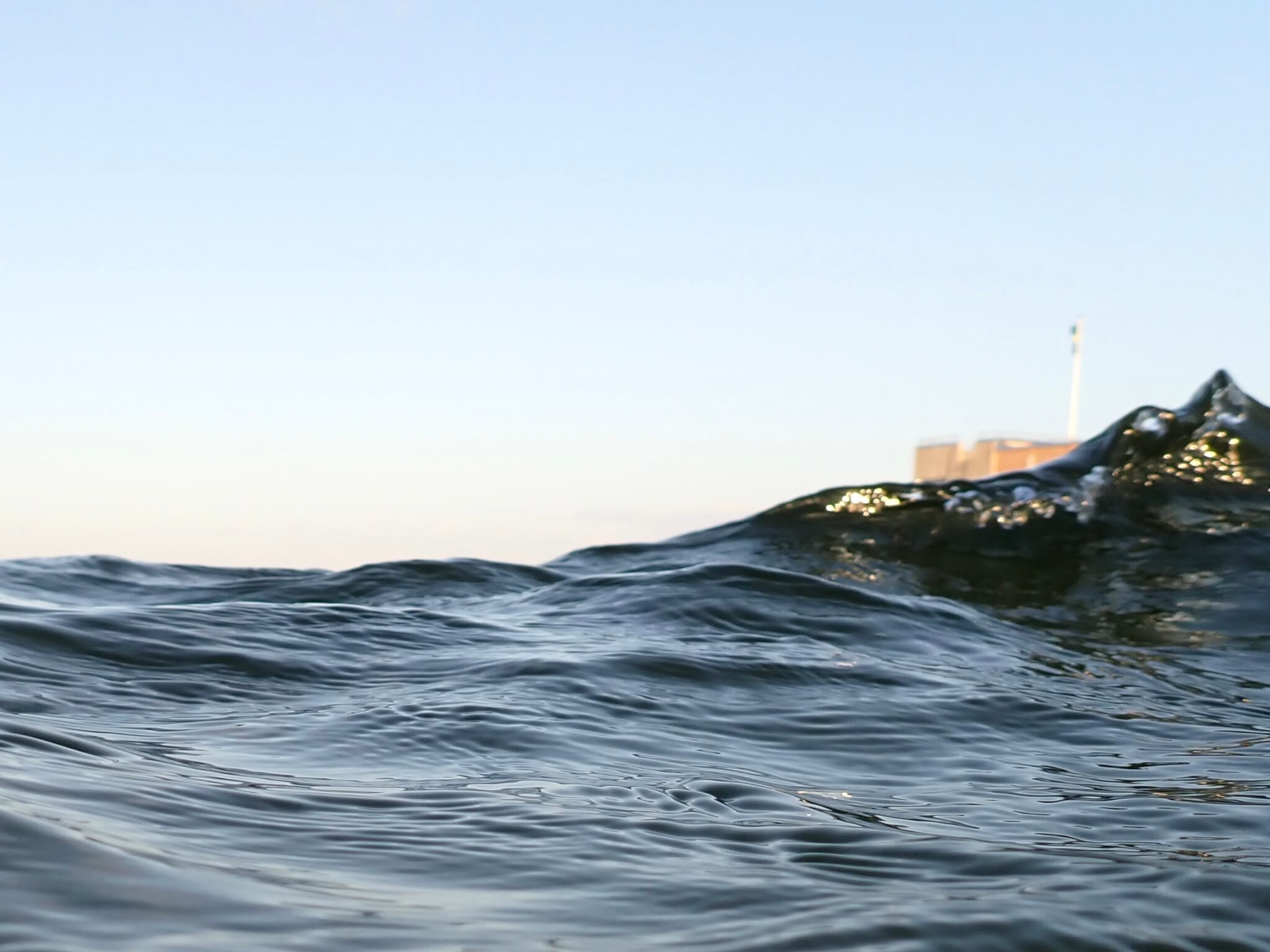
Now published: The book “Teaching fieldwork in geography, earth and environmental sciences”!
Feels like a very long time ago, but Kjersti, Hans-Christian and myself contributed two vignettes to the book “Teaching fieldwork in geography, earth and environmental sciences“, which has now become available!
Considerably longer versions of what we ended up being able to publish in our vignettes are available on my blog:
“Fieldwork bingo cards” (Daae & Glessmer, 2025)
Our first vignette is presenting two bingo cards: an activity bingo to nudge students to make the most of fieldwork and a second bingo with instructions for teachers for how to create such bingos. Both are set in the context of why we think that this is a good idea (which I elaborate on in the blog posts above, go check them out!).
This vignette is now published as: Daae, K. & Glessmer, M. S., 2025, “Fieldwork bingo cards“, in Teaching fieldwork in geography, earth and environmental sciences. France, D., Batty, L. & Swanton, D. (eds.). Edward Elgar Publishing Ltd., p. 17–20
“Students taking ownership in a jigsaw approach to fieldwork” (Daae et al., 2025)
Our second vignette is about using the jigsaw method to let students prepare fieldwork and analyse data in home groups, while going into the field mixed across project groups. This gives them more ownership of the actual fieldwork, encourages engagement and learning across project groups, and also gives each group several attempts at collecting data (if there are problems for example with instrumentation, the approach, or the weather). Read much more about this method in this blog post.
This vignette is now published as: Daae, K., Steen-Larsen, H. C. & Glessmer, M. S., 2025, “Students taking ownership in a jigsaw approach to fieldwork“, in Teaching fieldwork in geography, earth and environmental sciences. France, D., Batty, L. & Swanton, D. (eds.). Edward Elgar Publishing Ltd., p. 261–264
Notes on the first half of the book “Teaching fieldwork in geography, earth and environmental sciences“
So what about the rest of the book? That is really interesting, too, and especially the collection of vignettes from lots of different teachers! There is one on “Through the window – embedding micro-fieldwork activity into classroom teaching” (Knight, 2025), which is really about what the title says — looking out of the window of the classroom (or, even looking closely at the classroom itself when there are no windows) in order to practice observation (of specific things like the sky in meteorology, or more generally) or positionality (does the road lead to your home or my work?), to collect data to practice statistics, … I really like the idea of doing this from within the classroom (even though I also like my active lunch breaks and making people get outside and breathe some fresh air), but still connecting class with the world outside!
This nicely leads into the next chapter by Hurrell et al. (2025) on “Climate hypocrisy, sustainability and undergraduate fieldtrips“, who write that “educational benefits from participating in global fieldtrips contribute and, in some cases, exacerbate the environmental challenges that are the focus of the trip“. They suggest a holistic approach to designing sustainable fieldtrips, which considers site selection, transportation, accommodation, food, waste, clothing, socio-economic and socio-cultural challenges, all with a description of the challenge, a best practice approach, and a description of the challenges of implementing the best practice approach. For example, making a field trip more accessible and sustainable by implementing clothing banks of the required kits only works if there is space and logistics support to run it, and having a clothing bank also potentially introduces new inequalities, for example due to availability of only certain sizes. Restricting fieldtrips to locations that do not require specialised kit, on the other hand, can limit how exciting and useful the trip seems to be to students. Hurrell et al. (2025) then suggest a workflow for developing sustainable fieldtrips. For example, the first step they suggest “to ask searching questions about the value of fieldtrips: what can we only meaningfully teach in the field, vs. what can we teach in the field but which could be taught in a classroom?” and then make sure to spend time in the field on what can only meaningfully be taught there, and teach other things elsewhere. And I think that is really a super important step that is so often skipped! Later considerations then include an EDI and an ethics review and, importantly, student feedback. And “sustainable fieldtrips can never claim to be ‘completed’ but instead should be viewed as ongoing exercises that require staff and student reflection on how to delve deeper into some of the more complex sustainability challenges, especially within socio-economic and socio-cultural contexts“.
In “Who really matters? Methods for making fieldwork accessible and inclusive“, Collins & Davies (2025) argue that “an ethic of care and a relational approach to engaging students offer routes to improve access and inclusion through a combination of anticipating and responding to students’ (and lecturers’) abilities and interests“. They highlight resources published elsewhere, and describe three teaching strategies:
- enabling remote participation with a local area network, video streaming, photo sharing and phone calls
- web broadcasts from the field, where (hundreds! of) students “remote control” the teacher in the field through responses to decision-making questions (similar to what we did with DIYnamics tank experiments during the pandemic)
- hybrid field course, with lecturers supporting the in-person and online group, respectively
But they also describe many of the challenges that we might encounter despite our best efforts, for example making assumptions about what people can and cannot do based on what other people with a similar diagnose could or couldn’t do, rather than listening to the individual. They point out that “each person’s sense of inclusion (and exclusion) is subjective, and therefore, teaching and learning need to be considered holistically in the moment, rather than as a property of a location or technology“. This is point is impressively made again in the following vignette, where Dobbie & Pike (2025) describe the experience of a wheelchair user joining the group and them having “to change our mindset from offering virtual fieldwork to them to considering the experience that individual wanted to have” (my emphasis).
In the following vignettes I really appreciated the reminder that accessibility is not only about students that cannot go in the field due to anxiety or disability, but that there are also those that are studying from a prison or submarine, and might not even have internet access.
The chapter “Supporting students in the field” by Peacock et al. (2025) is really important. They highlight that “[h]owever thoroughly students have been prepared for fieldwork, it is sensible to assume that at least some students will have forgotten key parts of the message“, and, importantly, that it’s not only students who need support, but so does staff. For example through role clarity (especially with a dual student/staff role, which might blur boundaries), and training well in advance of the field course. The following vignette by Mathers (2025) suggests a framework for support that consists of “Consultation, Collaboration, Community, and Compassion“.
The chapter by Whalley et al. (2025) on “Research in the field and professional practice” contains a lot of food for thought, for example they state that “recognising the Whiteness of, and the need for, antiracist pedagogies within, fieldwork and therefore field skills is paramount as we instil responsibility, relationality and positionality as inherent research skills within our discipline“. And that means that “crafting competence in fieldwork skills is not just about how to do fieldwork; it includes students understanding how their positionality may shape their research design and interpretation, noting that their positionality is never static and is ever changing“, and “[s]ensitising students to questions as to whether the research is necessary or whether the sampling itself is unethical is crucial“.
They then give a lot of practical suggestions, but one that resonated with me was about including students in risk assessment, mainly identifying, evaluating and managing risk; and I really appreciate how the authors stress that risk are not just avalanches and crevasses in glaciers, but could also include strain on the back from a work space that isn’t adjusted properly, or GenAI hallucinating, or personal data not stored securely!
This chapter is again accompanied by very interesting vignettes, for example Wigley (2025) on “‘Drifting’ the city – familiarising learners with the field site through group-led, randomised walking” (which is also hilarious to read, btw!). Drifting here means what I call a “randomised walk” in my active lunch breaks — wandering in the world without a specific goal in mind. Except that in this vignette, students are asked to decide on a mode to make decisions about their route (e.g. spin around and randomly take a direction, throw a dice, close your eyes and follow a different sense, …) and reflect on their positionality and how that impacted their decisions (and I can totally imagine how I would avoid certain smells or sounds, or would choose a direction that feels the safer option). And I think including the step of describing why we choose a certain path in exploration would be awesome to integrate with wave watching. For example, do you walk a couple of steps closer to the edge to see the shape of a drain to confirm why waves look a certain way? This means that you would make your hypotheses explicit, or your hunches that you are going to check out, or your intuition that by walking a bit, you will be able to understand what caused a phenomenon you are observing. And that would probably great to talk with other students about!
The next chapter, Batty et al. (2025) on “Enhancing and transforming fieldwork using digital tools” uses a framework according to which digital tools can substitute, augment, modify or redefine fieldwork. Digital fieldwork is great for many reasons, but I think I might be a bit tired still after the pandemic, so I cannot get super excited about this at the moment. However, I am still, and maybe even increasingly, excited about all the hyper-local fieldwork opportunities that are described in this book! For example in the vignette by Pope & France (2025) on “Hyperlocal fieldwork – connecting users to a local or bringing together many locals“, students add to a shared data set and after analysing their own data, are given access to everybody else’s to compare their own data to / put it into context. This is the kind if thing that I find really exciting!
So far for the first half of the book, more notes on the seconf half in a later blog post!
Some days, the wave watching is just perfect. First, my favourite photo spot.
But also the beach view of långabryggan (“the long bridge”) is also always nice!
As much as I love waves in themselves, sometimes having some big structure in the picture makes them pop even more!
But how awesome are they?
Love that there is transparency and reflection, tiny and big structures, so much to see!
And of course glassy wave crests.
And a sun rise…
Love it!
Below I love all these tiny capillary waves riding on the longer waves…
…and how they are interfering in crisscross patterns!
I am so grateful for being able to be by and in water every day!
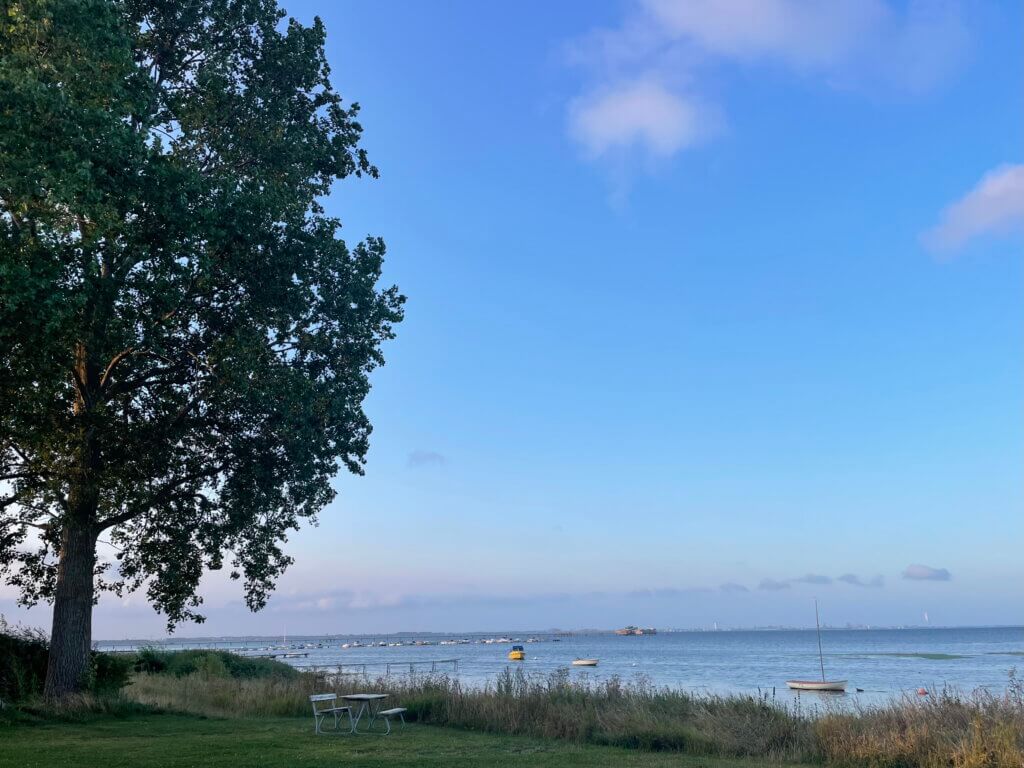
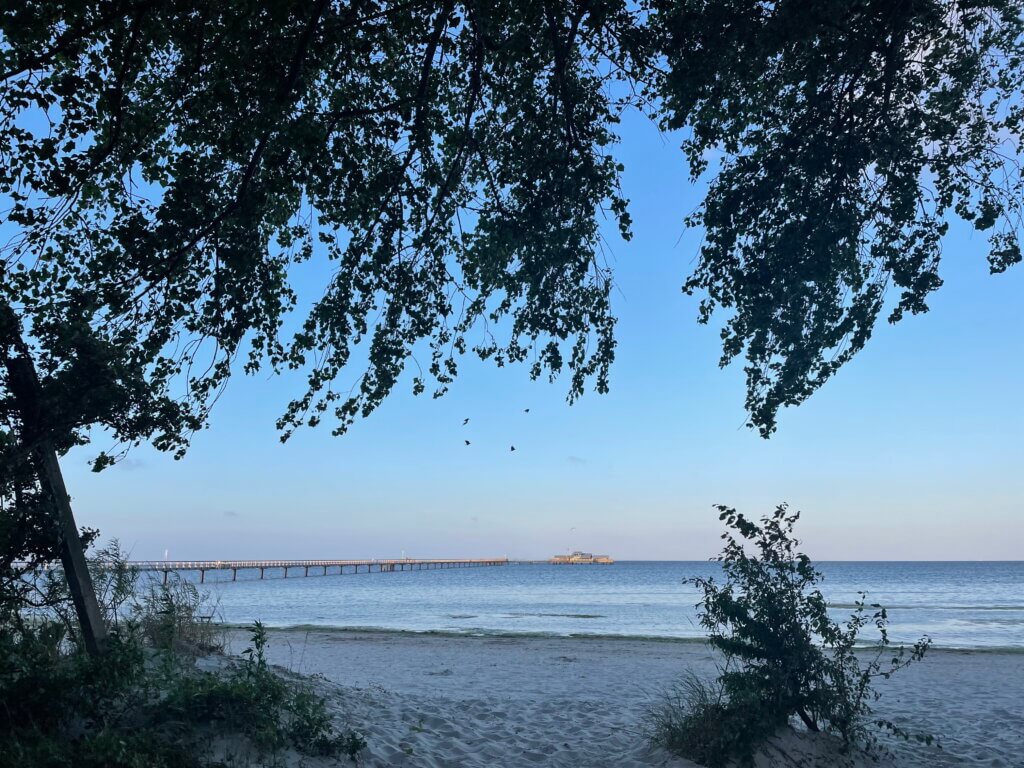
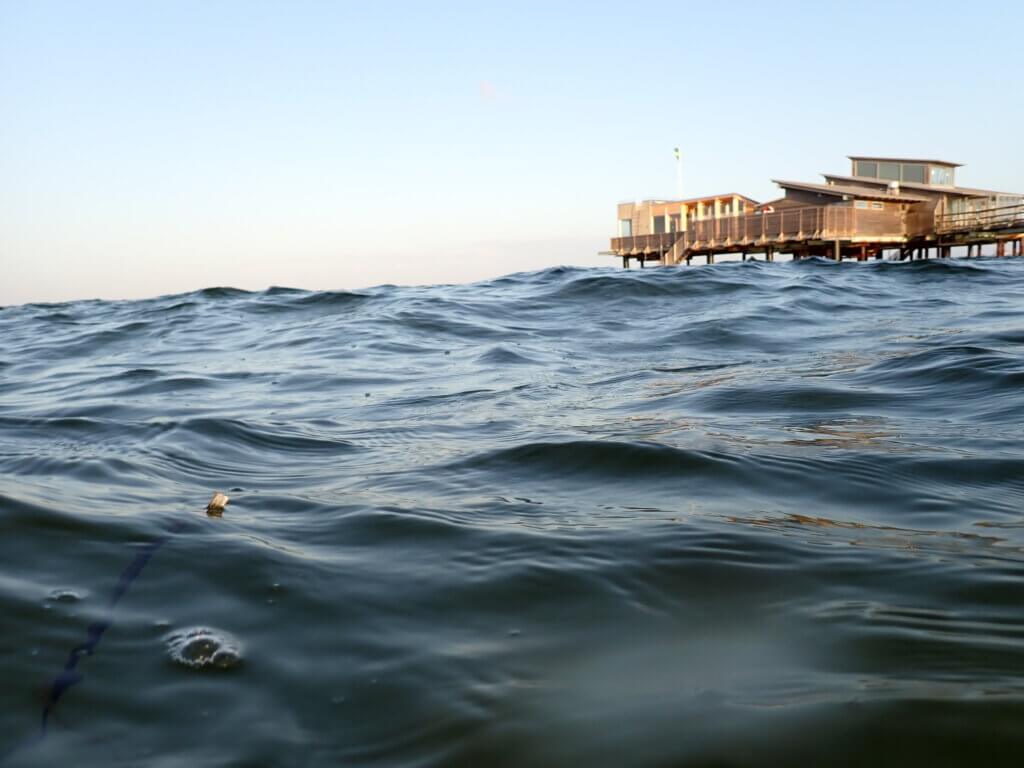
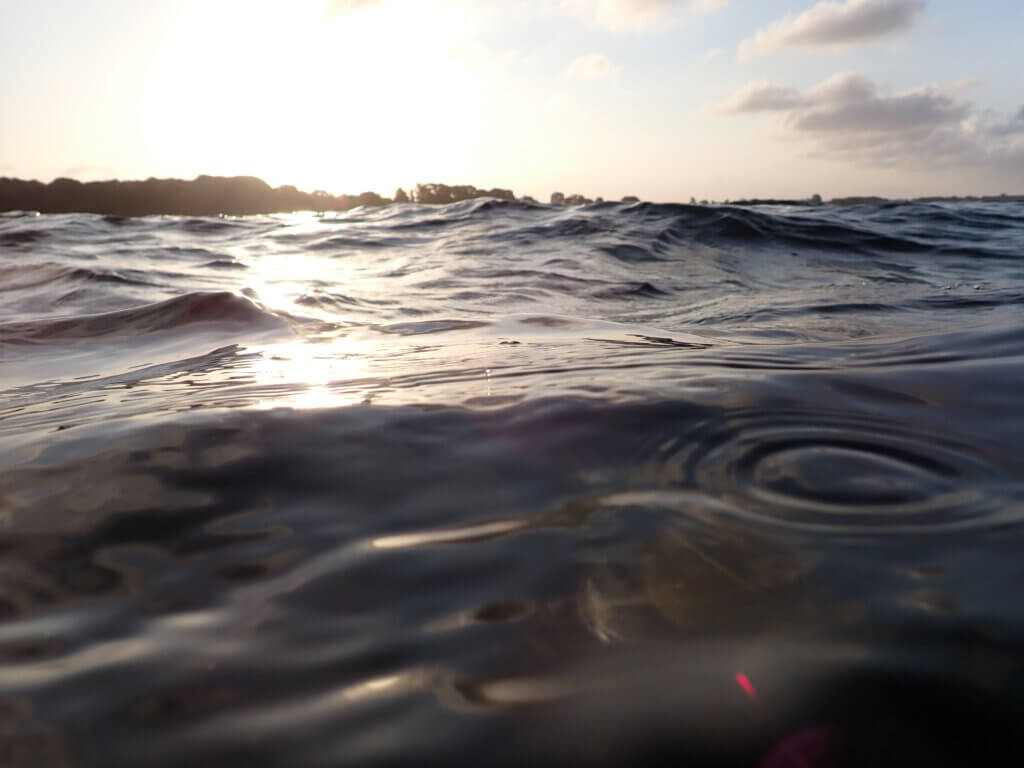
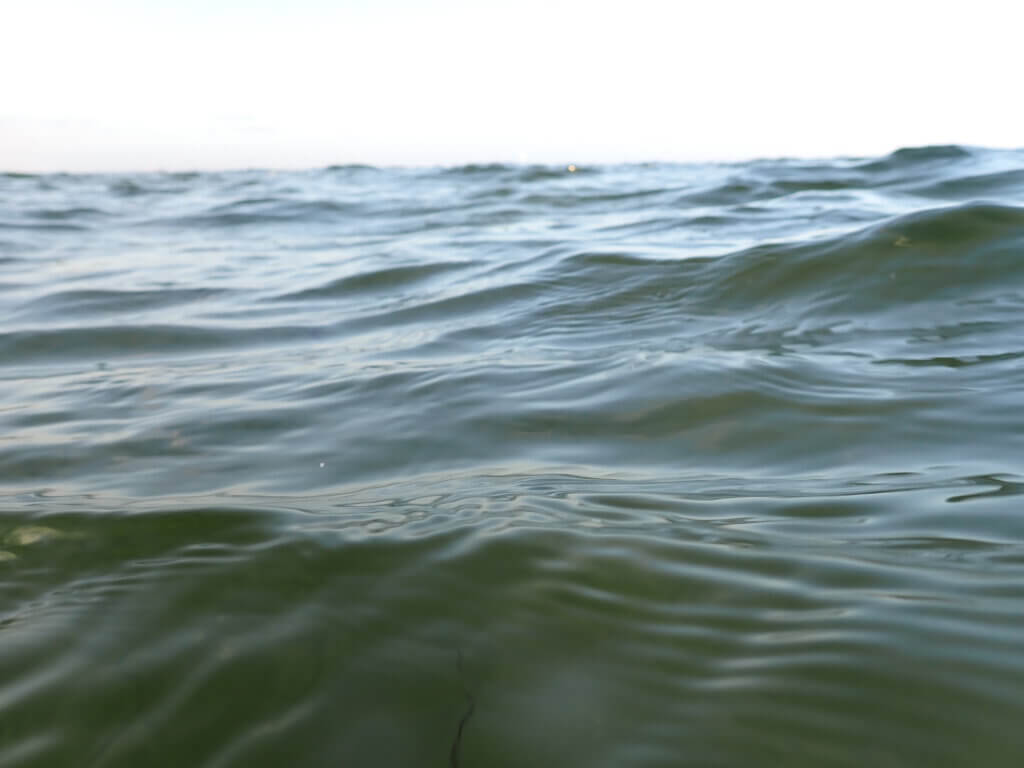
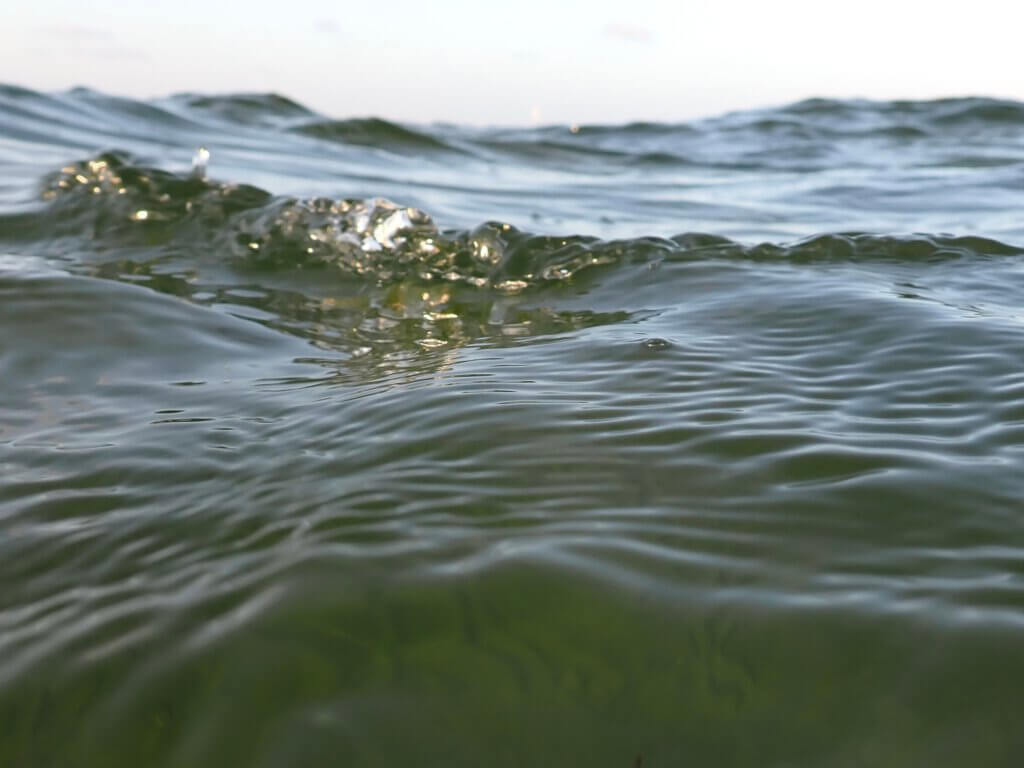
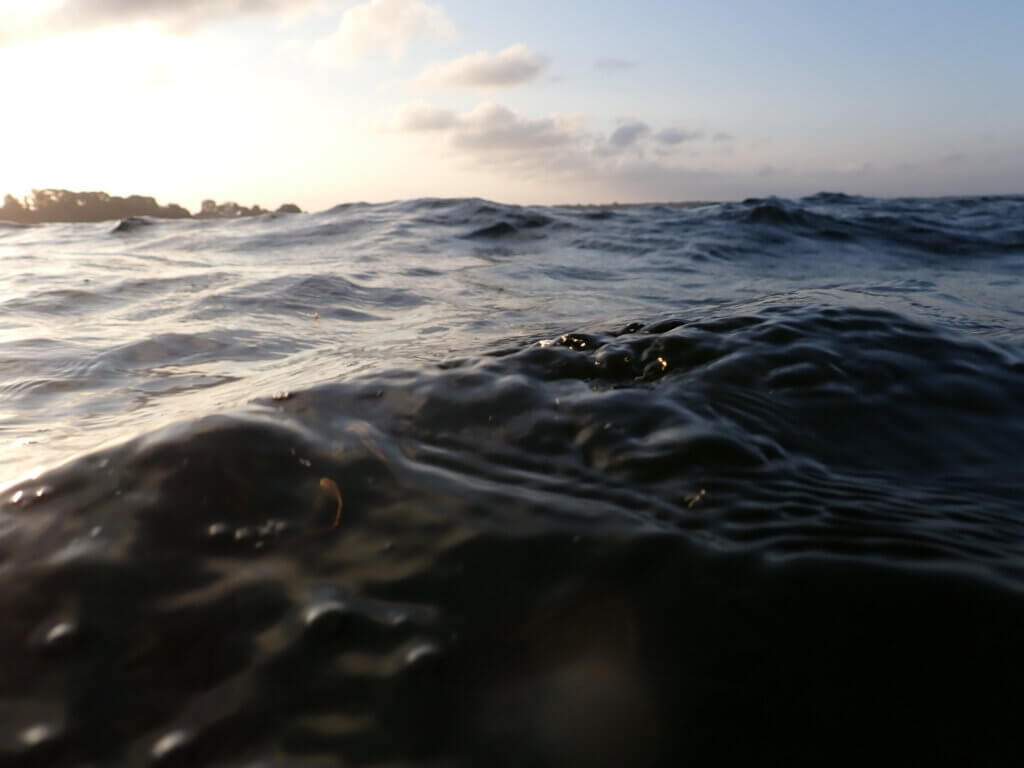
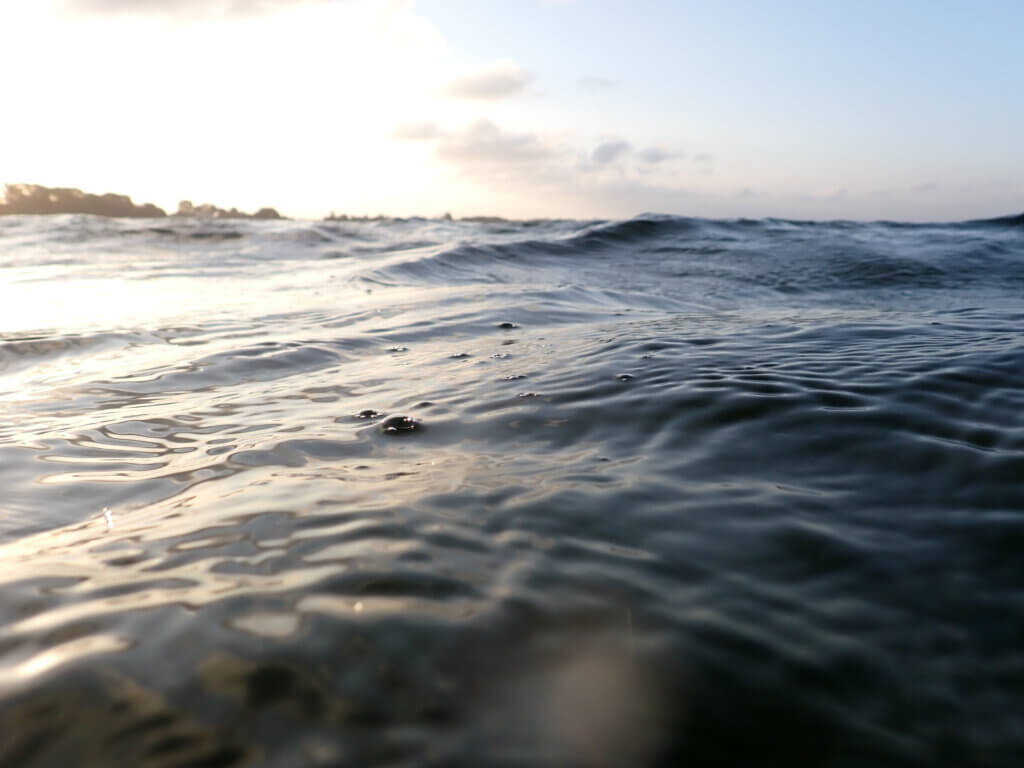
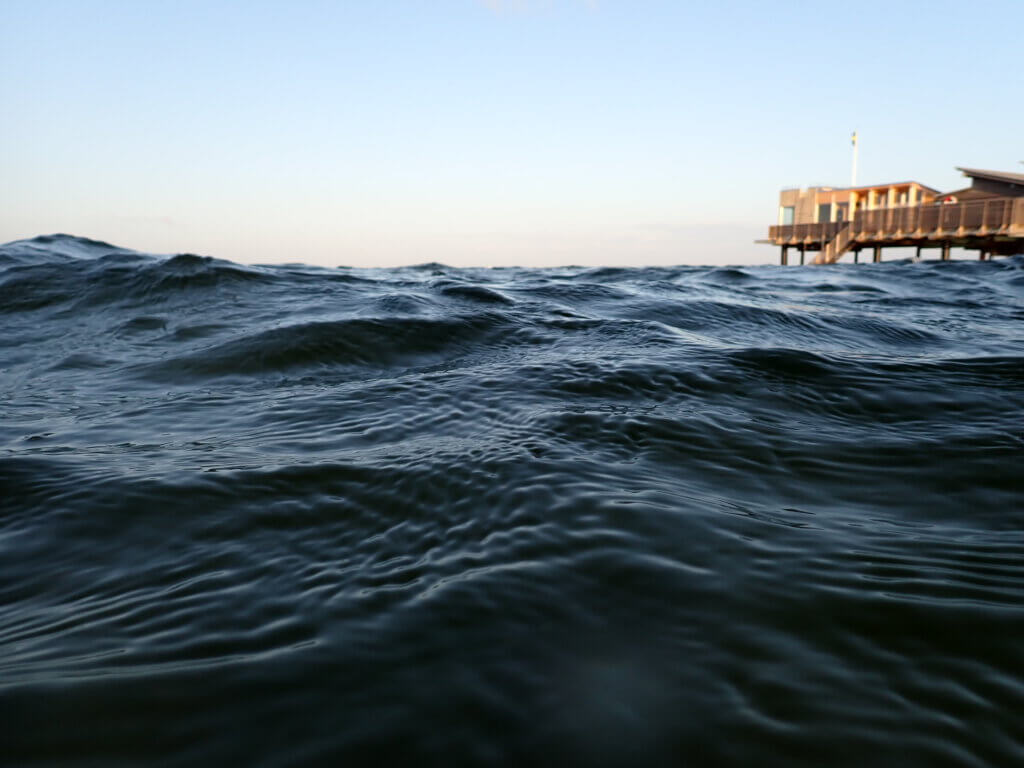
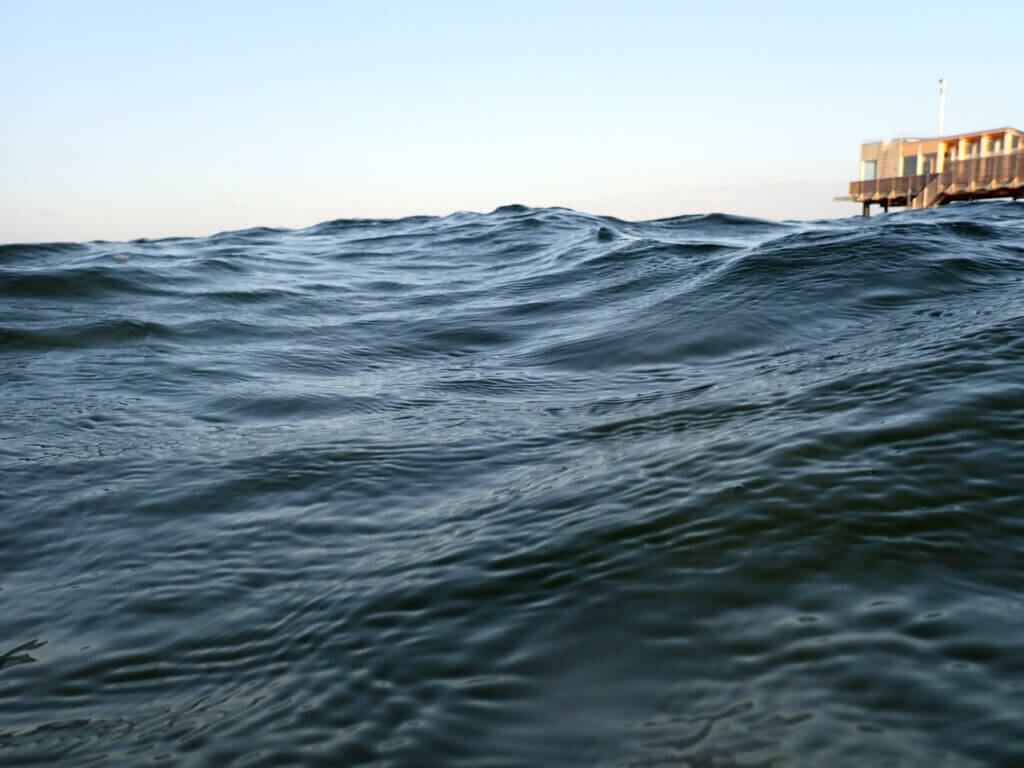
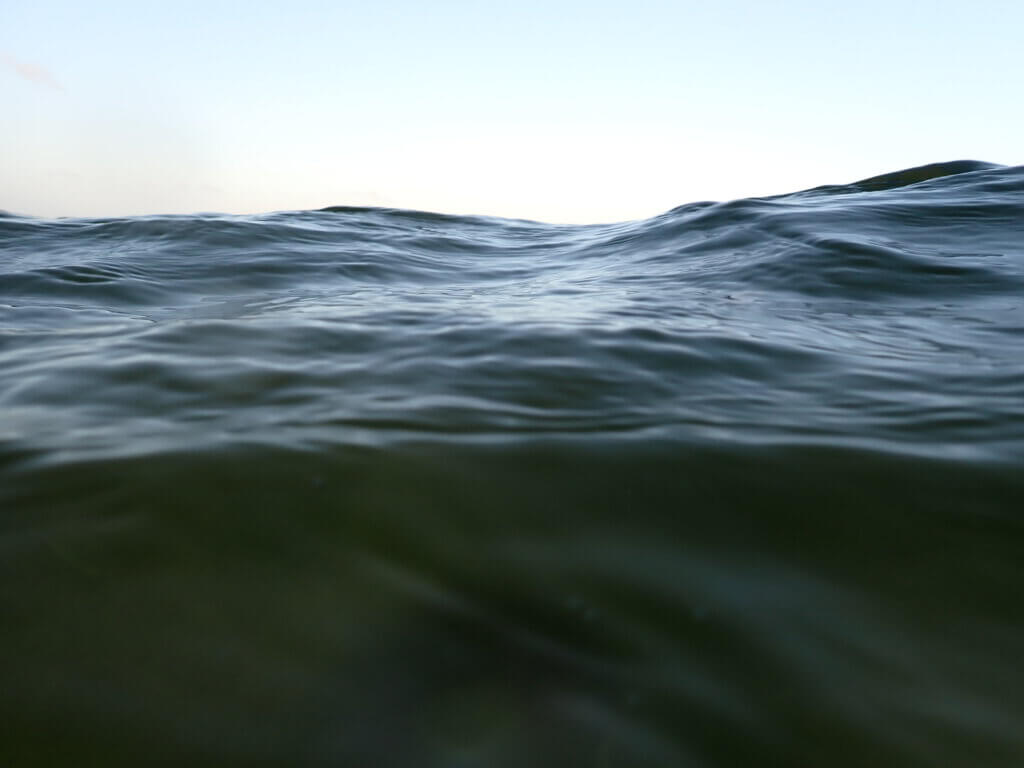
profis-vor-ort.de says:
Great article, thanks for sharing such valuable insights! I really appreciate the way you explained the topic so clearly and made it easy to understand. It’s rare to find content that is both informative and practical like this. By the way, I recently came across a helpful platform called profis-vor-ort.de — it connects people quickly with local experts and services in Germany. I think it could be a great resource for anyone interested in finding trustworthy professionals nearby. Keep up the great work, I’ll definitely be following your future posts!